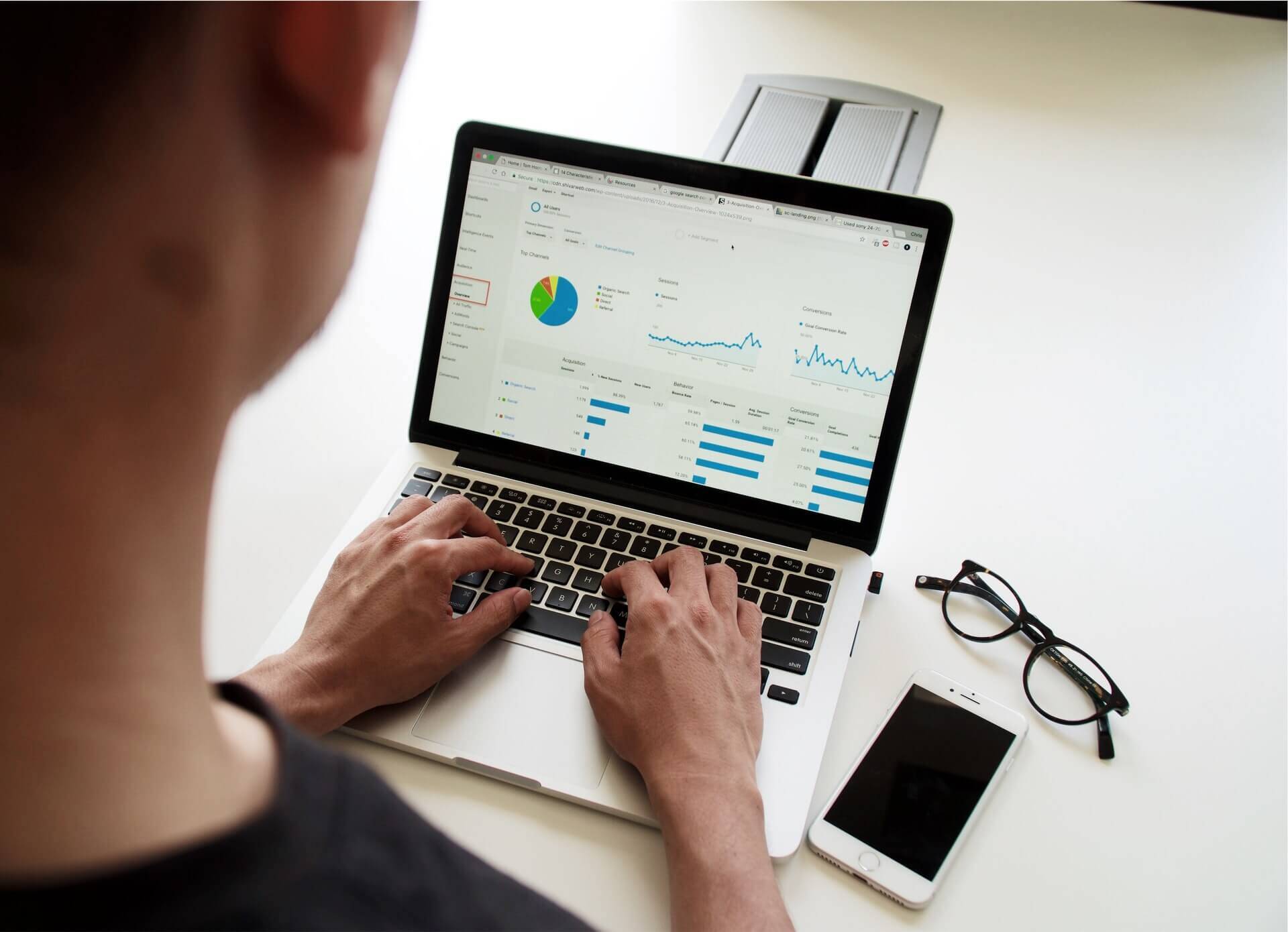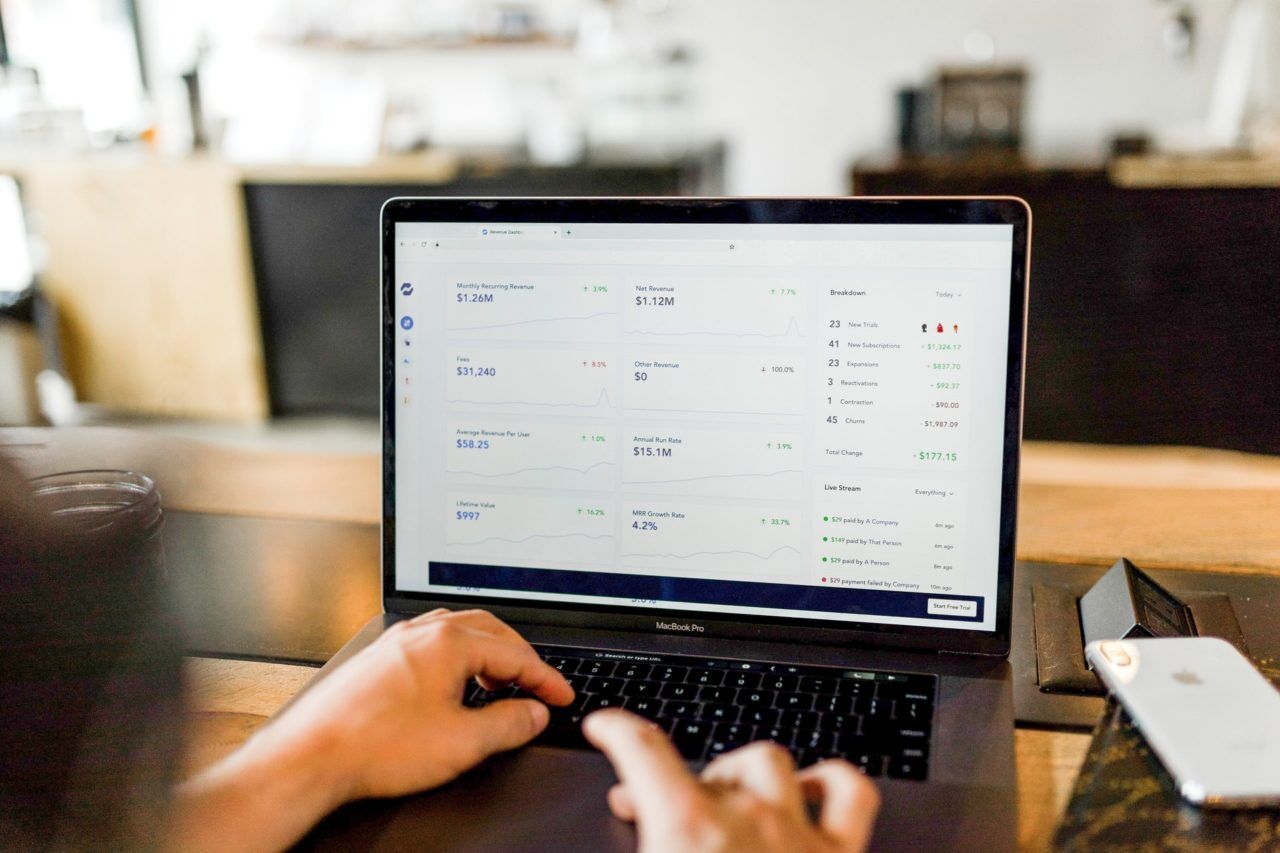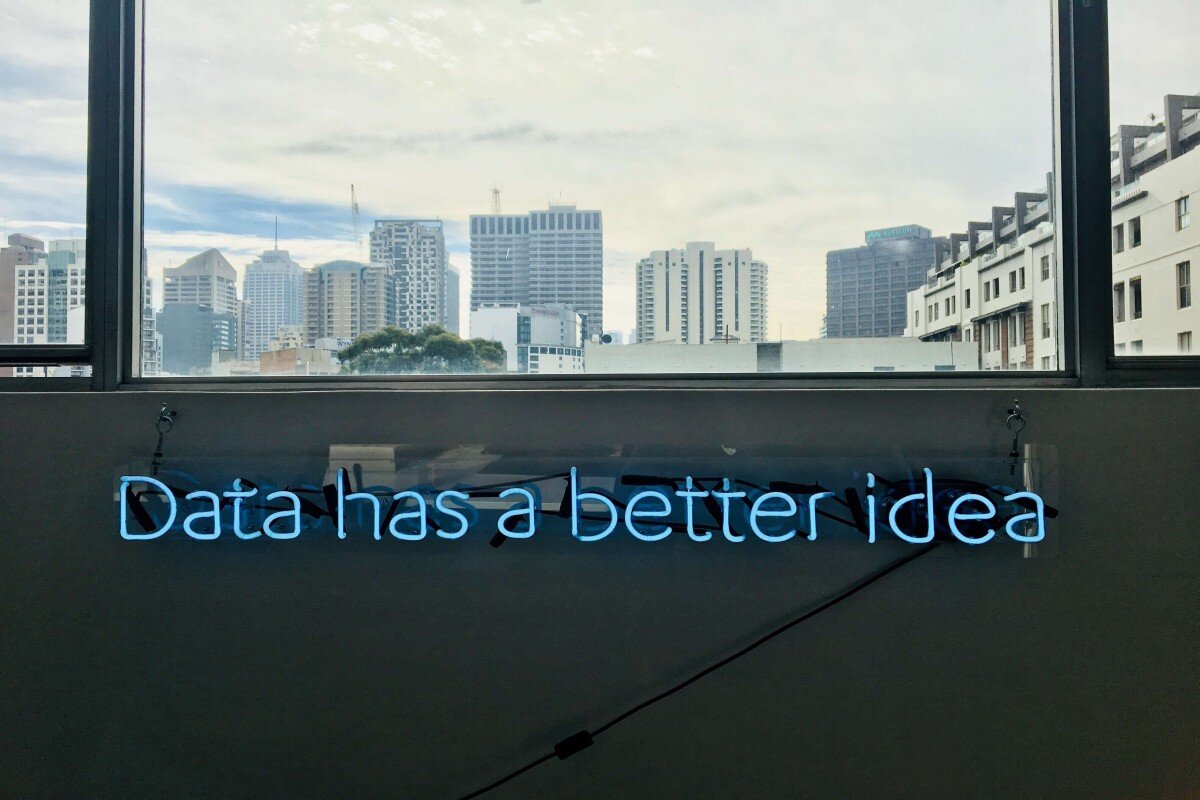Data analytics is the process of taking data and organizing it into sets to find any patterns or trends they may contain. This helps us better understand that data, letting us use it more effectively. Typically, it is automated thanks to modern software, helping businesses to optimize their performances without having to rely on a large staff to do it.
What Is Big Data Analytics?
The world is full of data. Every day we become more connected as social media expands, artificial intelligence develops, and the internet of things continues to evolve. The volume of data all this creates is vast, and traditional methods of exploring that data can be quickly overwhelmed.
That ends up leaving potentially important information buried. To counter this, big data analytics looks to support businesses and organizations in their efforts to mine that data to help shape their decision-making.
By taking advantage of incredible computing power, companies can make new discoveries about patterns, trends, and correlations within the stream of data, no matter its source.
How Does Big Data Analytics Work?
Data analysis is not new. From the dawn of the computer era, businesses and organizations have been using spreadsheets to number crunch, look for trends, and understand data. However, as search engines, mobile devices, and social media have become a standard, data is being generated faster than ever before.
But, raw data on a considerable scale simply isn’t manageable by traditional relational databases. Big data might seem like an abstract concept, but it has a clear definition: collections of datasets that are so large that they have become difficult to store, manage, process and analyze using traditional tools.
In 2006, Hadoop premiered as the first software library in a framework allowing for the distributed processing of large data sets across clustered computers. By spreading the data across networked computers, the amount of data sifted through becomes less burdensome to handle.
Business evaluation
Analytics capability is essential for any business wanting to understand how their customers interact with their connected devices, each other, and the world around us. When it comes to the bottom line, all of that is essential to see the patterns and trends that can be key to a successful business.
Yet, it’s not only businesses that can also take advantage of this sort of analysis. For instance, a government group with access to real-time data from thermostats in the US could evaluate that data to identify useful trends.
They could then make critical decisions on managing the electric grid based on how people heat and cool their homes. That same analysis could even be used to improve targeted messaging to the public about how to conserve energy.
Identification of data
Data cannot be analyzed without knowing what information gets recorded and where it originates. Data identification seems complicated, but it’s relatively straightforward. It means different information that references the same person or object.
Data filtering, extraction, and aggregation
Of course, data alone is not going to be beneficial without a way to filter it. That’s where data filtering, also known as “drilling-down,” comes in, allowing specific information to be identified for viewing or analysis. However, you need to select a subset of information. To do so, you must set a rule to identify which data you need to be analyzed.
Typical uses exclude incorrect analysis and instead focus on results in a particular period or calculate particular fields’ results.
Once filtered out, that same data is ready for extraction. Data extraction, which is often automated or scheduled, takes that subset and replicates it to a storage destination, such as a data warehouse. This preserves the original data and populates a new copy structured in a way that is easy to analyze.
After data is collected, processed, and presented, you can use data aggregation to create different summaries for different data sets. This approach can benefit decision-making, pricing, operations optimization, and marketing strategies.
A simple example of aggregation is the average age of a customer buying a product or service. The customer remains unidentified, but their average age is known.
Data analysis
Data analysis works by collecting, modeling, and analyzing aggregated data. Not surprisingly, there isn’t one universal way to perform analysis. In fact, there are several methods used across industries, but the ultimate goal of finding new details remains the same.
Data visualization
Data visualization is how hard data gets presented in a graphical format, along the lines of charts, maps, animations, and graphs. The power of data visualization is its ability to make complex data accessible, thereby giving an easy-to-understand overview of relationships, trends, patterns, and data sets that are different from the others.
Benefits of Big Data Analytics
Analyzing vast stores of data can seem intimidating, even if all we have to do is interpret the results. However, there are some impressive benefits to using big data analytics.
✅ Request information on BAU's programs TODAY!
Organizations make informed decisions
Big data analytics brings relevant information to a business. Ultimately, the best decisions are made when the people behind them are well-informed of the facts. Without analytics that drills down into the raw data, important trends and patterns could go unnoticed in a sea of disconnected information.
Risk is better managed
By understanding trends and patterns, risks can be more easily managed. For example, if a large chain restaurant only knows that they sold 200 million hamburgers last year, they might consider it a safe bet to expand their footprint. However, if they performed some analytics on other data, they may notice a trend away from hamburgers and towards chicken sandwiches.
Failing to adjust to such changing trends might see them keep purchasing hamburger ingredients, increasing the company’s financial risk. If the trend was to be left unaddressed, that could lead to their assets becoming an albatross in their budget.
Customer experience
When a business understands its customer, it can better cater to how its customers shop and interact. A simple example of how analytics can boost a customer’s experience can be seen when we shop online.
For instance, if a customer bought a mop last week, the online retailer might suggest a bucket, soap, and a broom as purchases they might need this week.
This analysis tailors itself to the individual customer, improving their overall happiness and potentially encouraging them to open their wallets by suggesting items they genuinely may need.
Types of Big Data Analytics
Under the umbrella of big data analytics, there are a few different subgroups:
- Descriptive analytics, also known as exploratory analytics. This explains what is happening in real-time, often through a dashboard-type interface.
- Diagnostic analytics determine the cause of something that has happened.
- Predictive analytics uses the available data to try and understand what is likely to happen in the future.
- Prescriptive analytics goes through the data and suggests how to optimize business practices for different possible outcomes. What we know is used to predict what could happen and finally influences suggested courses of action.
Data analysis is vital for any business, but when your sets of information become too large to be practical, it’s time to call in the big guns: big data analytics. Having a better understanding of important information not only manages risks better, but it actually keeps customers happier too.












